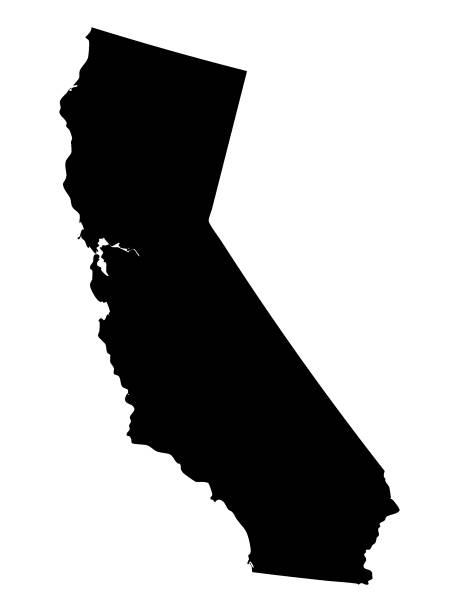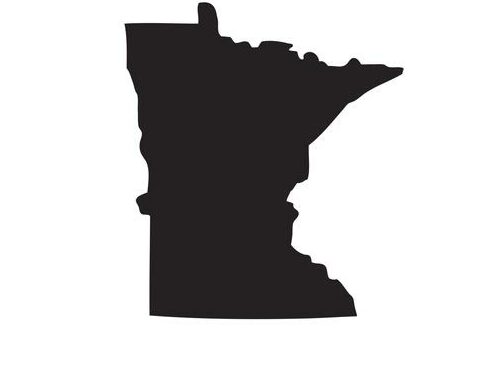HUNGER FREE CAMPUS BILL
WHAT IS THE HUNGER FREE CAMPUS BILL?
Swipe Out Hunger is the original architect of the Hunger Free Campus Bill, which sends funding to public colleges who are addressing student hunger on campus. Since its passage in California, each state who has adopted it has customized it to their unique needs. If you’re interested in introducing the Hunger Free Campus Bill in your state, reach out to us!
In total, more than $112 million has been distributed through Hunger Free Campus legislation.
CHECK OUT HOW HUNGER FREE CAMPUS LEGISLATION IS SWEEPING THE NATION
**Click on each state to learn more about its progress with Hunger Free Campus legislation.
See how Pennsylvania students showed up and showed out to support and ultimately help pass Hunger Free Campus legislation in 2022.
HOW HAVE COLLEGES LEVERAGED FUNDING FROM THE HUNGER FREE CAMPUS BILL?

California
San Diego Mesa College instituted “The Stand,” a food pantry and clothing closet that assists students with no-cost food and clothing resources. Peer navigators, counselors, and staff provide students with a safe and secure environment to share their needs and receive support.

New Jersey
Rutgers University-New Brunswick partnered with the New Brunswick Community (NBC) Farmer’s Market to provide vouchers for students to receive fresh produce. The NBC Farmer’s Market also accepts SNAP.

Maryland
St. Mary’s College of Maryland upgraded the on-campus food pantry with a new freezer, microwave, and modernized pantry cabinetry.

Minnesota
Itasca Community College made Adult Basic Education staff available 5 days per week and serve as navigators for applications to SNAP and health benefits, housing and transportation, as well as education support.
Pine Technical and Community College set up a Hunger Free Campus Task force, established their mobile food pantry that comes to campus, held four food insecurity awareness events, and had food for students during Welcome Week and De-Stress Fest.

Massachusetts
Cape Cod Community College created a self-service food station on campus for student use and hired of a case manager/navigator who provided advisement and referral for students in need, connected students to SNAP providers, and other local food resources in collaboration with the Wampanoag Tribe. Through this project, students were provided emergency meal vouchers for students, access to an on-campus EBT mini-mart and expand offerings of ethnic foods and nutrition training.

Pennsylvania
Manor College started the Bird Feed, an on-campus food pantry after the Student Senate made it aware to Vice President of Student Affairs Allison Mootz that one of the Senate’s members living in their car and getting meals from friends. The Bird Feed purchased a refrigerator to offer cold food and established a campus garden for fresh vegetables in the Summer and Fall.

